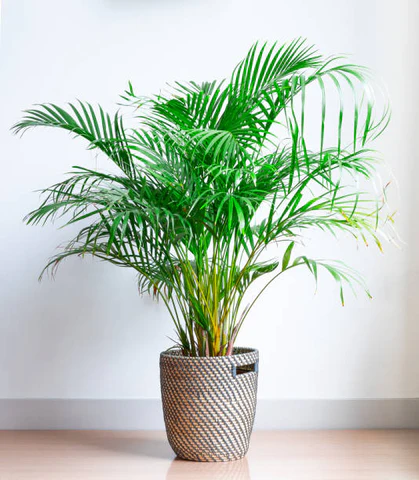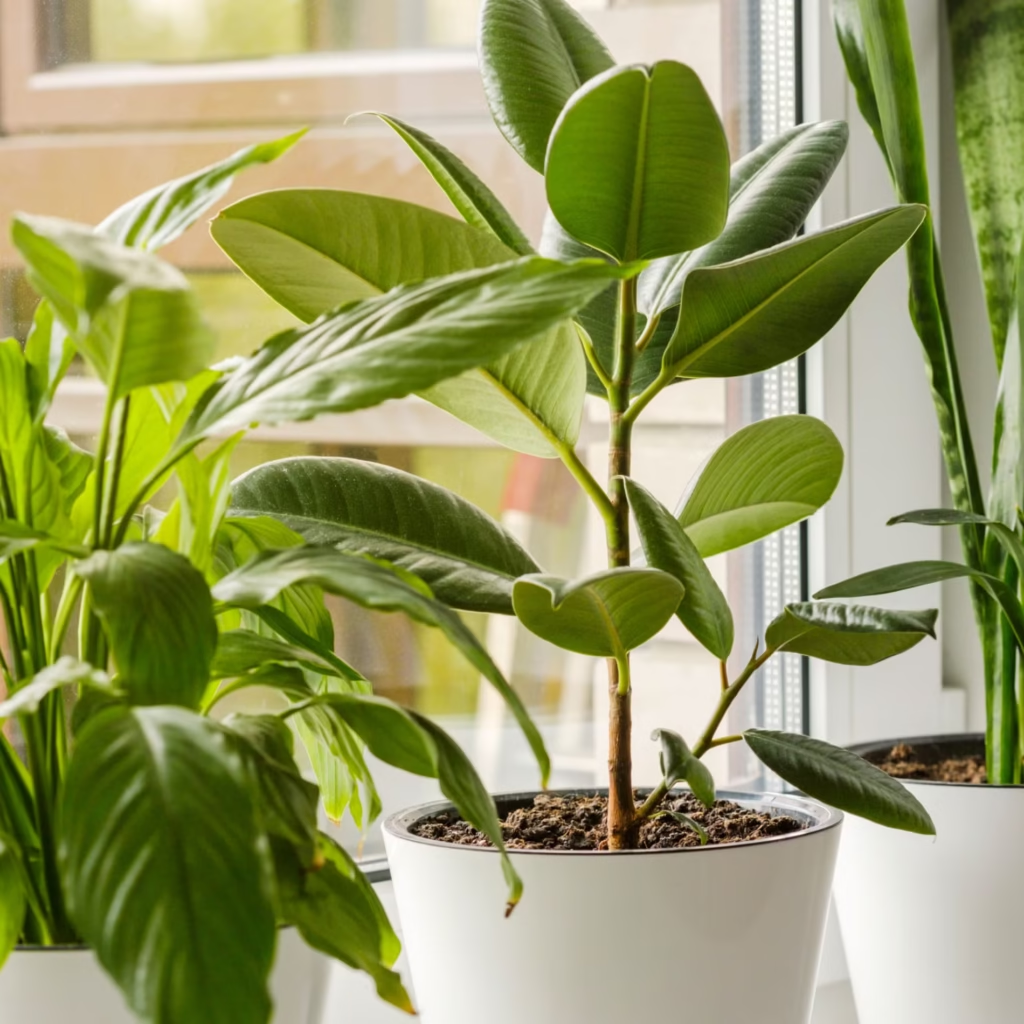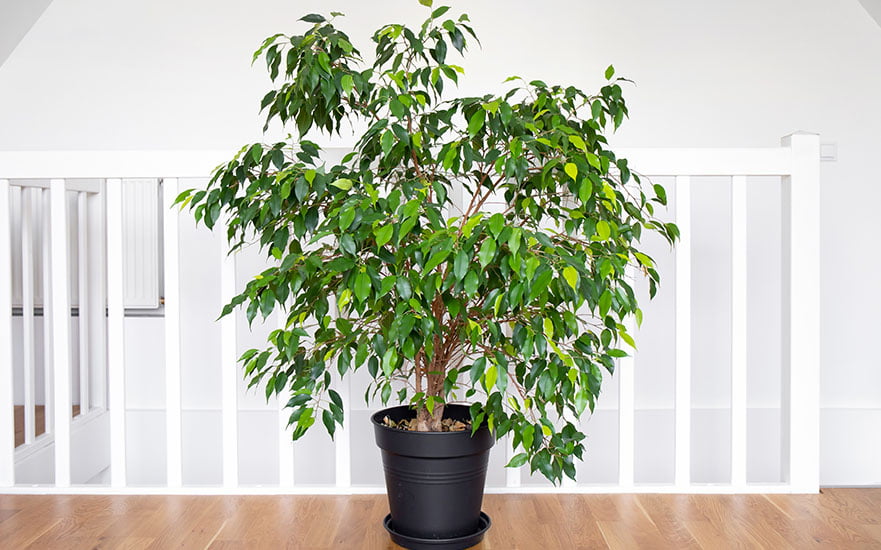Are you looking to breathe easier, sleep better, and enhance your home’s ambiance naturally? The answer might lie in selecting the right air-purifying plants—especially ones that release oxygen at night. Unlike most plants that absorb carbon dioxide and release oxygen during the day, some special varieties reverse this process when the lights go out, making them perfect companions for your bedroom or indoor spaces.
These nocturnal oxygen-releasers not only cleanse the air but also contribute to better respiratory health, stress reduction, and deeper sleep. In this guide, we’ll explore the top air-purifying plants that boost oxygen at night, backed by science and expert gardening insights.
Why Oxygen-Producing Plants Matter at Night

During photosynthesis, plants absorb carbon dioxide (CO₂) and release oxygen (O₂). However, at night, photosynthesis halts due to the absence of sunlight. Most plants switch to respiration, absorbing oxygen and releasing CO₂.
Yet, some unique plants perform a special type of photosynthesis known as Crassulacean Acid Metabolism (CAM). CAM plants absorb CO₂ at night and release oxygen, making them ideal for bedrooms and poorly ventilated areas.
Benefits of These Nighttime Oxygenating Plants:
- Improved sleep quality
- Better indoor air purification
- Reduction in airborne toxins
- Enhanced mood and cognitive function
- Natural humidity regulation
1. Snake Plant (Sansevieria trifasciata)

Nickname: Mother-in-Law’s Tongue
Air-Cleansing Properties: Removes formaldehyde, benzene, xylene, and nitrogen oxide.
Why It’s Special: The Snake Plant is one of the few plants that convert CO₂ into O₂ at night using CAM photosynthesis. It’s highly efficient at filtering indoor air and is nearly impossible to kill.
Care Tips:
- Tolerates low light but prefers indirect sunlight.
- Water only when the soil is dry.
- Avoid overwatering—it thrives on neglect.
2. Aloe Vera
Air-Cleansing Properties: Filters benzene and formaldehyde.
Why It’s Special: Aloe Vera is not only known for its medicinal uses but also excels at producing oxygen at night. It’s also a good air detoxifier and thrives in minimal care conditions.
Care Tips:
- Place near a sunny window.
- Water deeply but infrequently.
- Allow soil to dry completely between watering.
3. Areca Palm (Dypsis lutescens)

Air-Cleansing Properties: Removes toluene and xylene from the air.
Why It’s Special: A beautiful and lush tropical plant, Areca Palm is known to release oxygen at night and also humidifies the air naturally, helping with respiratory problems.
Care Tips:
- Needs bright, filtered light.
- Keep the soil lightly moist.
- Mist the leaves occasionally for humidity.
4. Peace Lily (Spathiphyllum)
Air-Cleansing Properties: Excellent at removing benzene, trichloroethylene, and ammonia.
Why It’s Special: While it may not follow CAM like Snake Plants, the Peace Lily continues to purify air even at night and enhances oxygen levels passively.
Care Tips:
- Keep in moderate to bright indirect sunlight.
- Water weekly and mist occasionally.
- Toxic to pets—keep out of reach.
5. Neem Plant (Azadirachta indica)

Air-Cleansing Properties: Known to remove toxins and repel insects naturally.
Why It’s Special: Neem is a traditional medicinal plant that continues to release oxygen at night and contributes significantly to antibacterial air quality indoors.
Care Tips:
- Needs ample sunlight—place near a sunny window.
- Water when the topsoil is dry.
- Prune regularly to maintain shape.
6. Tulsi / Holy Basil (Ocimum sanctum)
Air-Cleansing Properties: Emits oxygen for 20 hours a day; absorbs harmful gases like CO and CO₂.
Why It’s Special: Sacred in Indian culture, Tulsi is proven to enhance nighttime oxygen levels, reduce stress, and neutralize toxins.
Care Tips:
- Requires full sunlight for at least 6 hours.
- Keep soil slightly moist but not soggy.
- Trim flowers to encourage leaf growth.
7. Gerbera Daisy (Gerbera jamesonii)

Air-Cleansing Properties: Removes trichloroethylene and benzene.
Why It’s Special: This vibrant flowering plant is a powerful oxygen-releaser at night, perfect for adding color and freshness to your room.
Care Tips:
- Needs bright sunlight during the day.
- Water when soil begins to dry out.
- Requires good air circulation and drainage.
8. Orchids (Various species)
Air-Cleansing Properties: Absorb xylene from the air and emit oxygen at night.
Why It’s Special: Orchids are not only stunning but also purify the air while you sleep. Their CAM process makes them ideal for bedrooms.
Care Tips:
- Keep in bright but indirect light.
- Water weekly (or as needed depending on species).
- Avoid cold drafts and overwatering.
9. Christmas Cactus (Schlumbergera bridgesii)
Air-Cleansing Properties: Moderate air purifier with CAM photosynthesis.
Why It’s Special: This cheerful plant blooms in winter and releases oxygen at night, making it both festive and functional.
Care Tips:
- Bright, indirect light is best.
- Let soil dry slightly between watering.
- Prefers cooler temperatures to bloom.
10. Spider Plant (Chlorophytum comosum)
Air-Cleansing Properties: Removes carbon monoxide, formaldehyde, and other pollutants.
Why It’s Special: While not strictly a nighttime oxygen booster, Spider Plants do continue limited oxygen production after dark and contribute to overall air purification.
Care Tips:
- Thrives in bright, indirect sunlight.
- Water when the top inch of soil is dry.
- Easily propagates through baby plantlets.
Tips for Maximizing Benefits
To make the most of these oxygen-rich, air-purifying plants:
- Place strategically – Bedrooms, study corners, and living rooms are ideal.
- Group CAM plants – Create a cluster of 2–3 CAM plants in a room for optimal effect.
- Maintain proper care – Neglected plants won’t function well.
- Avoid overwatering – Most of these plants, especially succulents, hate soggy soil.
- Use breathable pots – Clay or terracotta pots help prevent root rot.
Final Thoughts
Incorporating air-purifying plants that boost oxygen at night into your indoor space is a simple yet effective way to improve your health, enhance your sleep, and bring a calming natural vibe to your home. From the hardy Snake Plant to the colorful Gerbera Daisy, each one plays a role in cleansing the air and uplifting your mood.
Whether you’re creating a wellness-focused bedroom or a nature-inspired living area, these green companions will not only decorate your space but also help you breathe better—day and night.




Leave A Comment